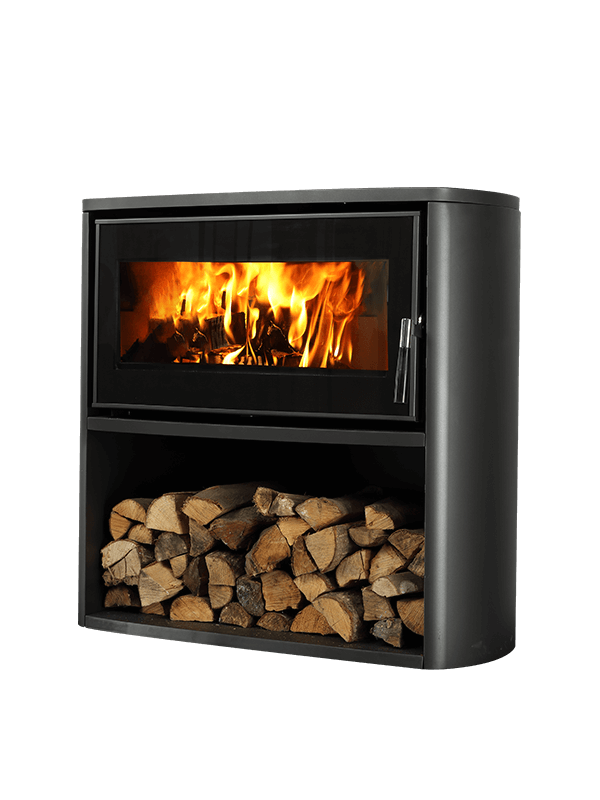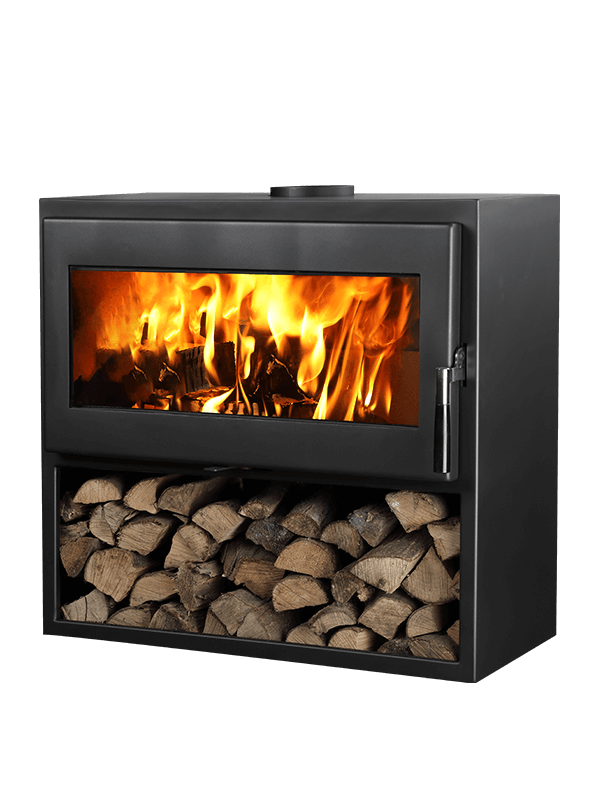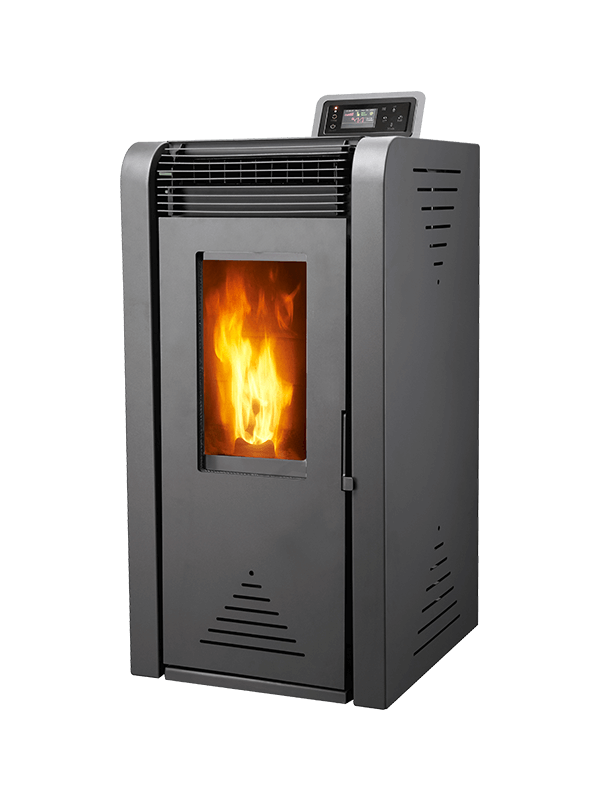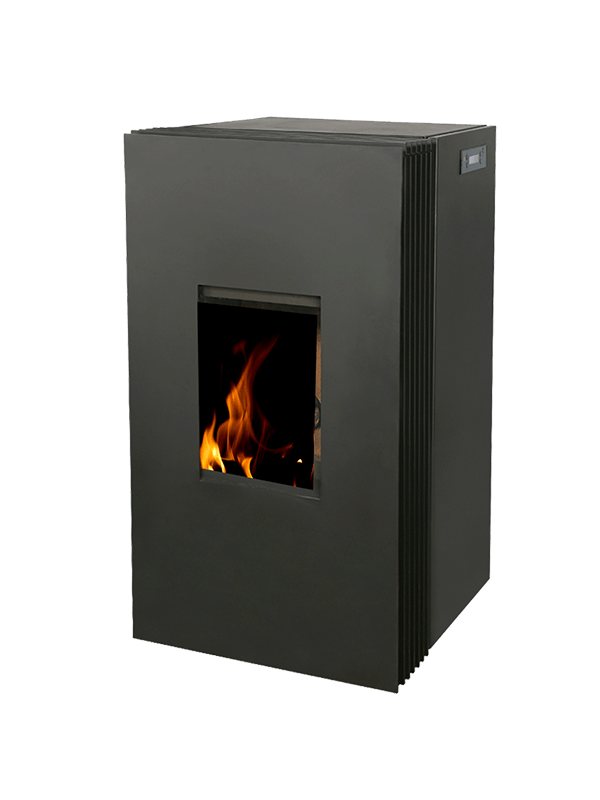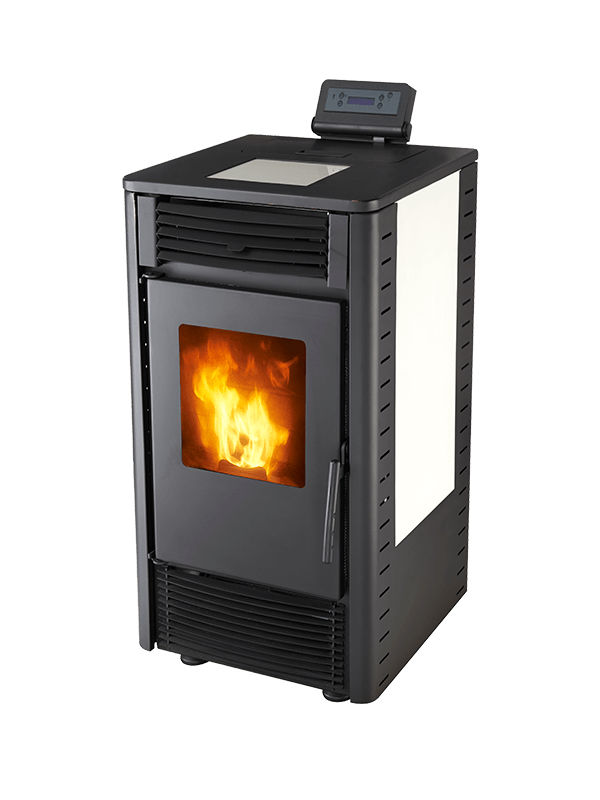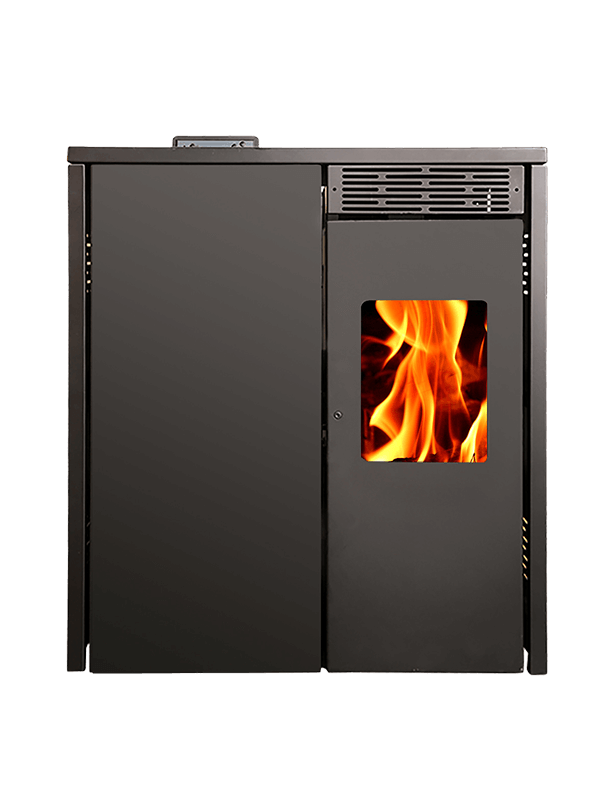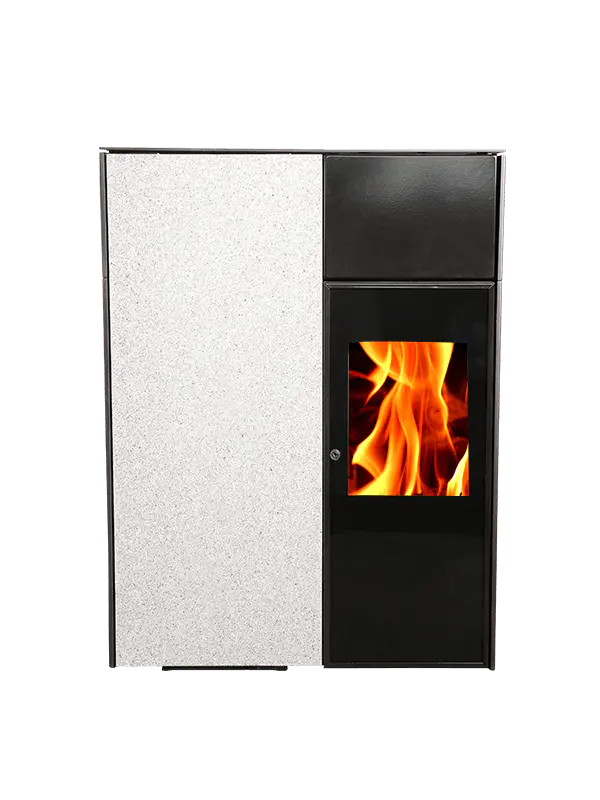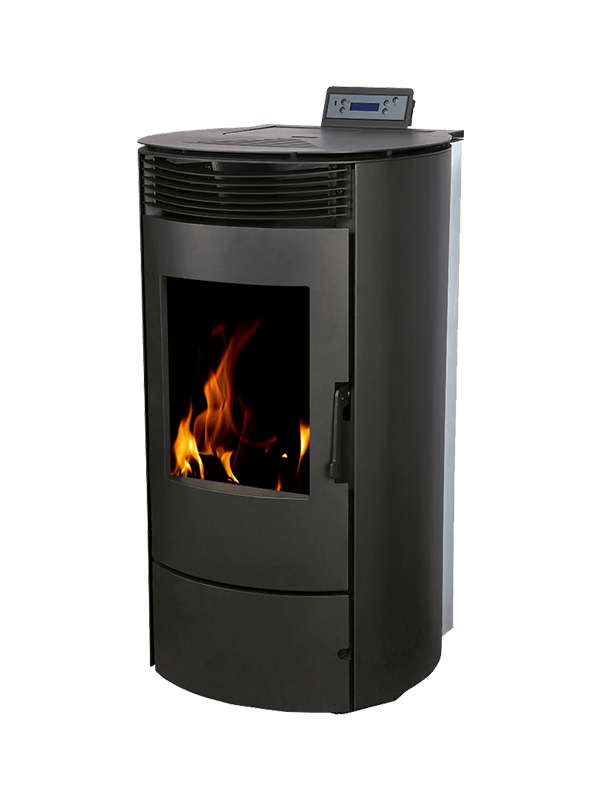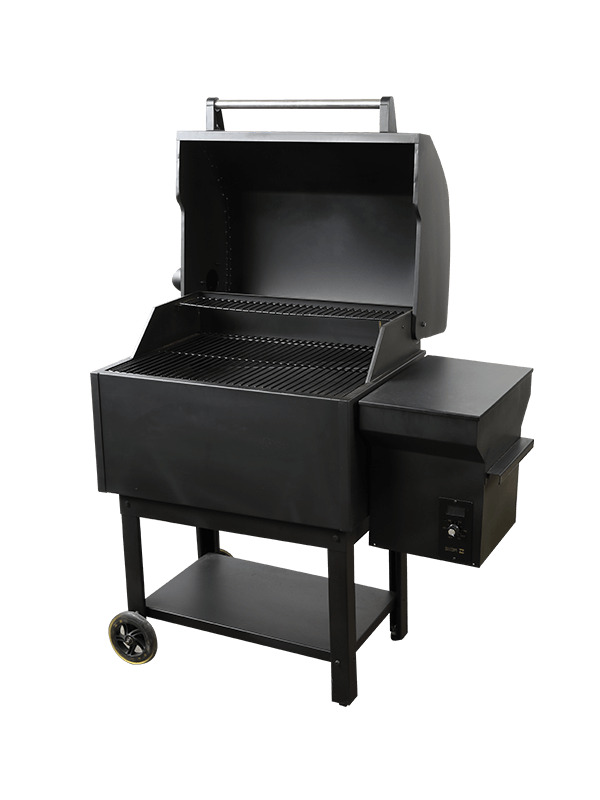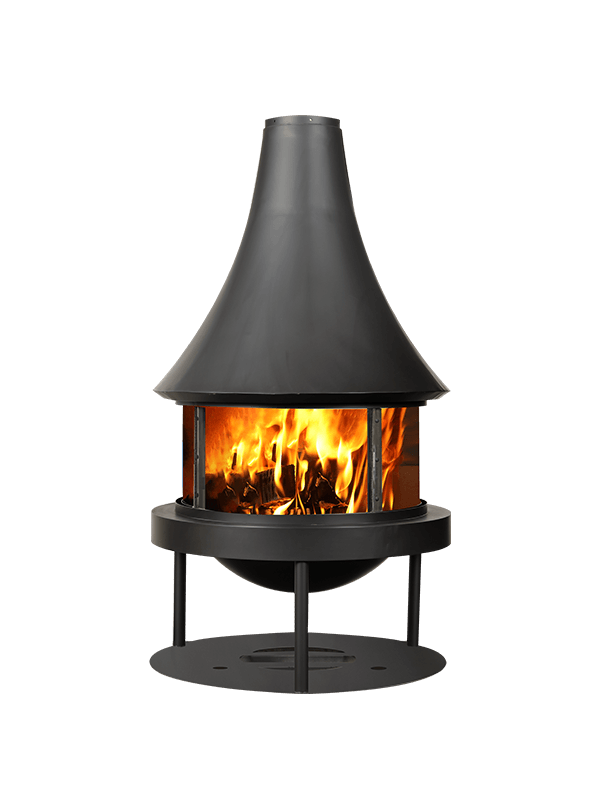Before buying a Wood-burning Stove, it is important to know its safety features. Wood stoves control combustion by controlling the amount of air. Most models contain a "reduction zone" where carbon dioxide is converted into carbon monoxide. This highly poisonous gas can escape from the stove, chimney, or from inadequate ventilation. To reduce your risk of carbon monoxide poisoning, it is important to install a carbon monoxide detector. Although many smoke detectors are capable of detecting carbon monoxide, some are not.
A catalytic stove is an excellent choice if you want to maximize the efficiency of your wood-burning stove. This type of stove uses a ceramic or steel catalyst to ignite the smoke gases. Its efficiency can be improved when burning at high temperatures, but it is less efficient at lower burn rates. Non-catalytic stoves require more maintenance and are less efficient than their catalytic counterparts. Listed below are a few key features of each type of stove.
New models of wood stoves are better than ever. Most of these stoves emit virtually no smoke and produce very little ash, which means that you use less wood. Newer stoves have EPA-certified combustion systems that produce 4.5 grams per hour or less. The EPA will announce a new standard in 2020, and the new standard will reduce smoke emissions to only two grams per hour. You can tell which units have EPA certification by looking for a white label.
The most important difference between a wood-burning stove and a fireplace is how they contain the fire. While a fireplace contains the fire in a chimney, a wood-burning stove contains it within its body. This makes it an ideal choice for localised space heating. In addition to providing heat, wood-burning stoves also make a nice decorative feature. They are also highly efficient. Compared to an open fireplace, a wood-burning stove is more efficient and less expensive than an open fireplace.
Some people worry that a wood-burning stove is bad for the environment. However, studies have shown that wood is almost carbon neutral. Trees absorb significant amounts of carbon dioxide and release them into the atmosphere after burning. Wood-burning stoves are also a good choice for homes that are located in an urban environment. They provide warmth while reducing your utility bills. The environmental benefits of wood burning stoves are worth a closer look.
Another advantage to using a wood-burning stove is its ease of installation. Most wood-burning stoves do not require chimneys and are more efficient than a fireplace. They also offer 80 percent heat efficiency, but don't have the same romantic atmosphere of a real fireplace. And while they don't have the same picture-perfect moments, they do provide the same comfort level. With proper maintenance, a wood-burning stove can save your home and your sanity.
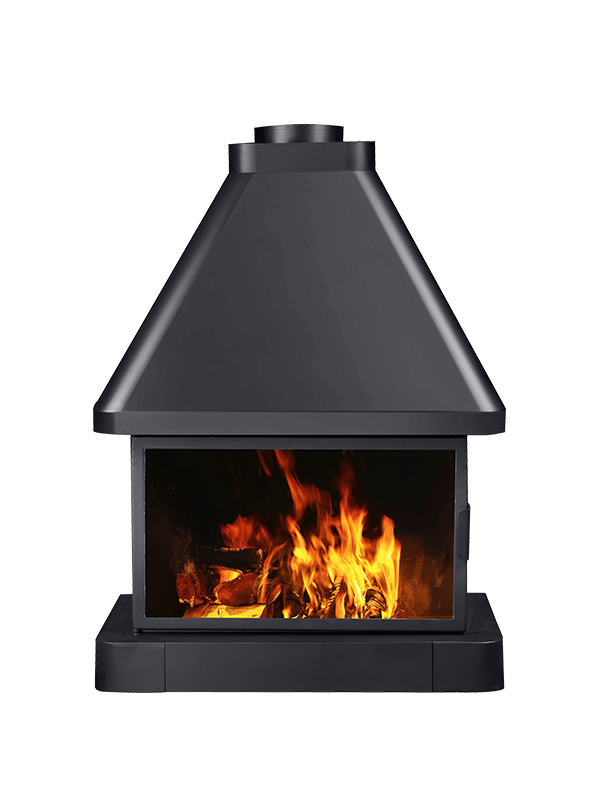
Nominal heat output: 10KW
Heating type: Radiant
Fuel: Wood logs
Material: carbon steel, cast iron grate, ceramic glass(NEG or Schott brand), high temperature resistant paint(Forest brand)
Firebox material: carbon steel, vermiculite panels
Primary air: Yes
Secondary air: NO
Ashpan: yes
Glass: 3-sided
The full-view firebox window of LL10 Three-sided Patio Wood Burning Stove allows for comfort and warm relaxation provided by the soothing view of the fire. With the beauty and outstanding heating capabilities of this stove will be sure to make a house a warm and cozy home




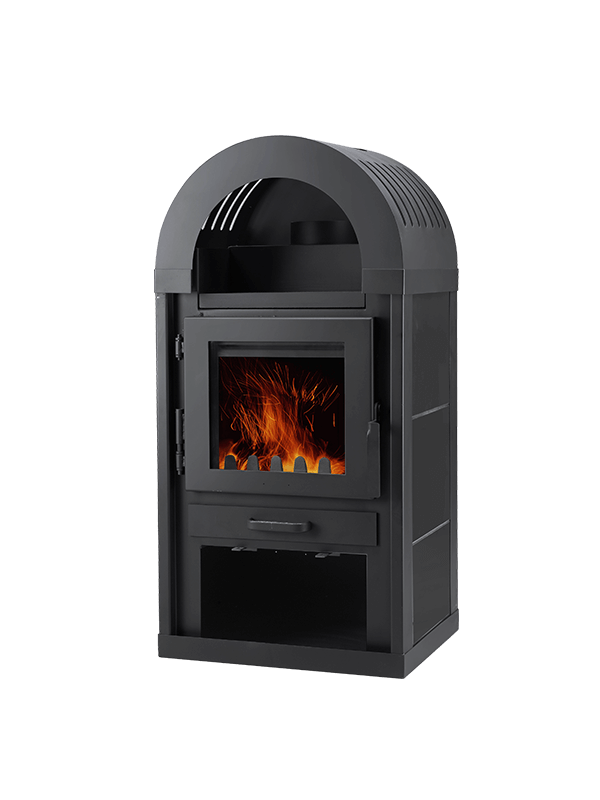
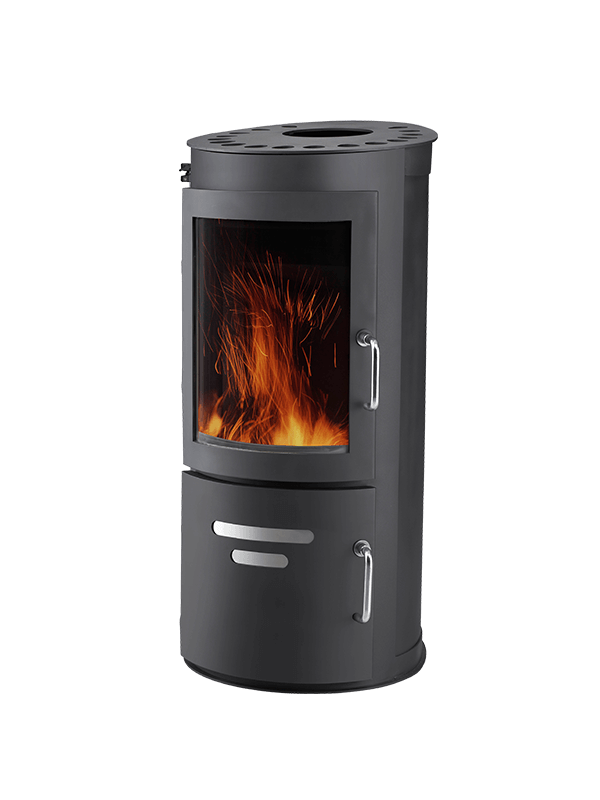
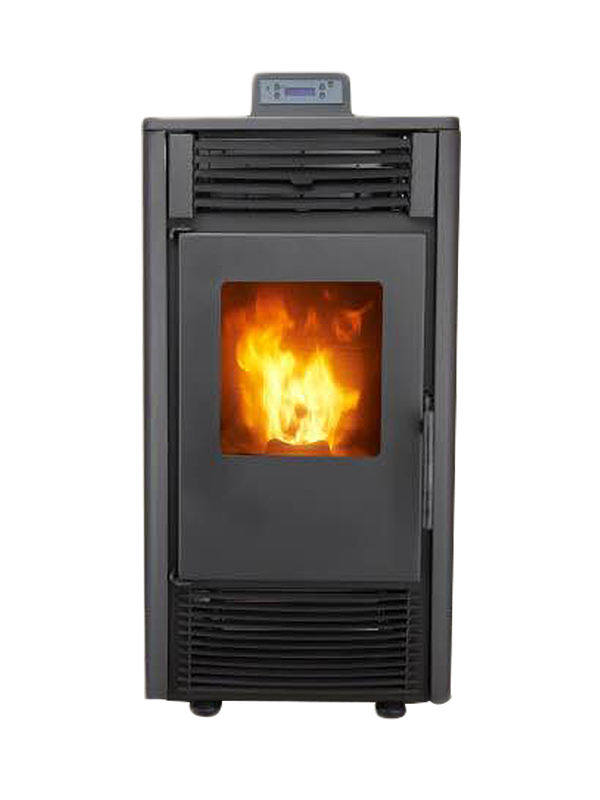
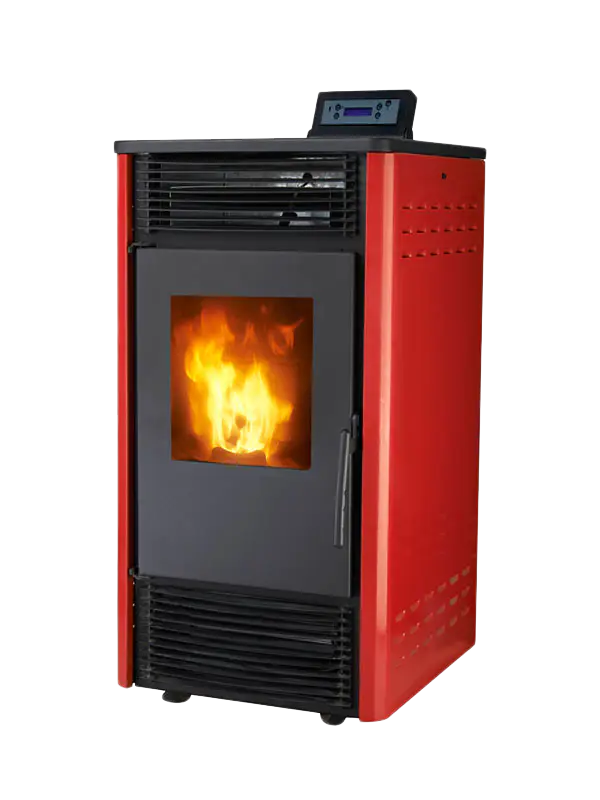
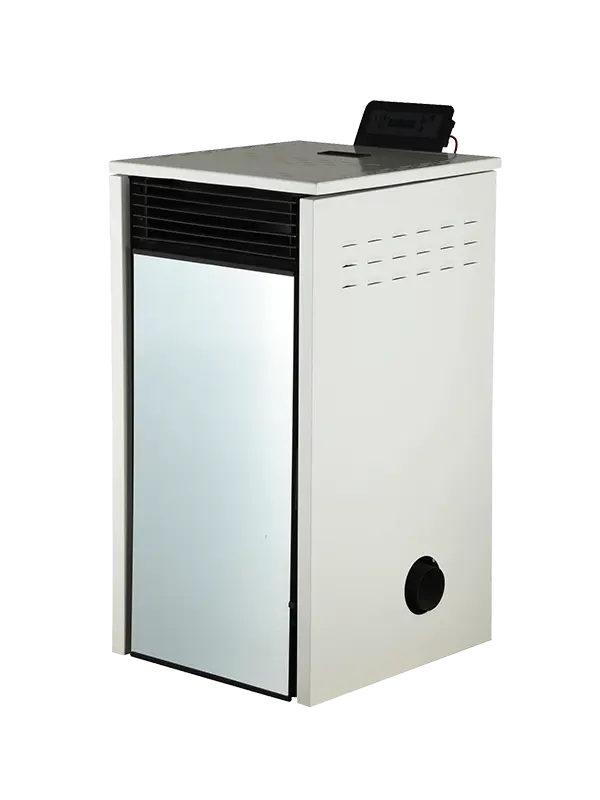
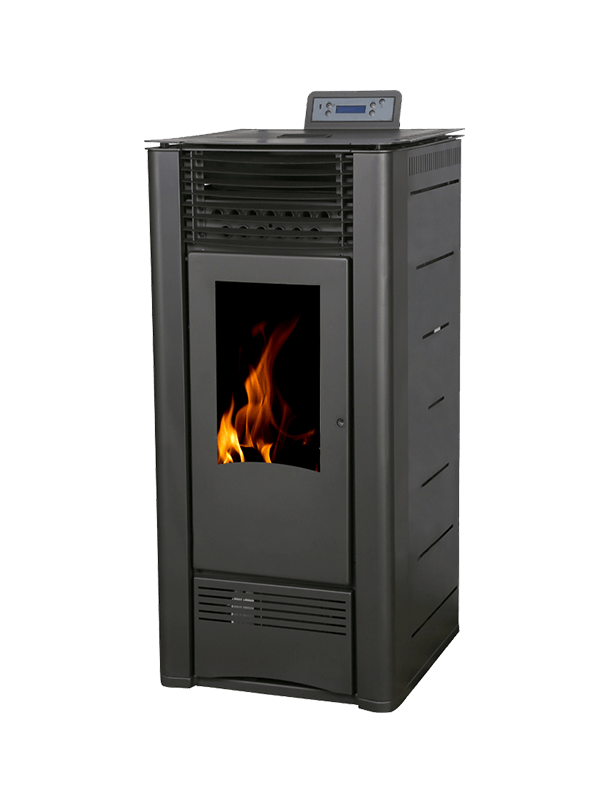
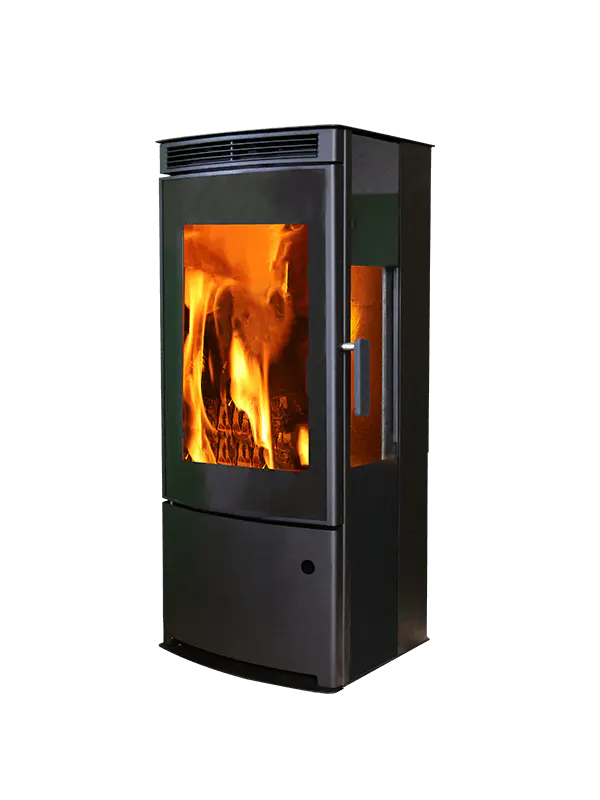
-.png)
